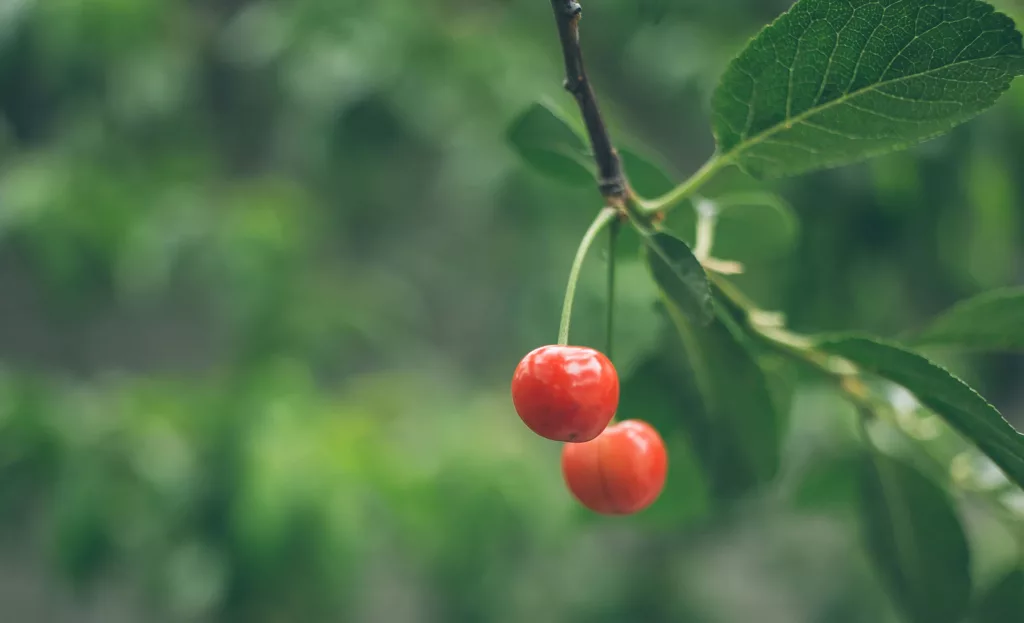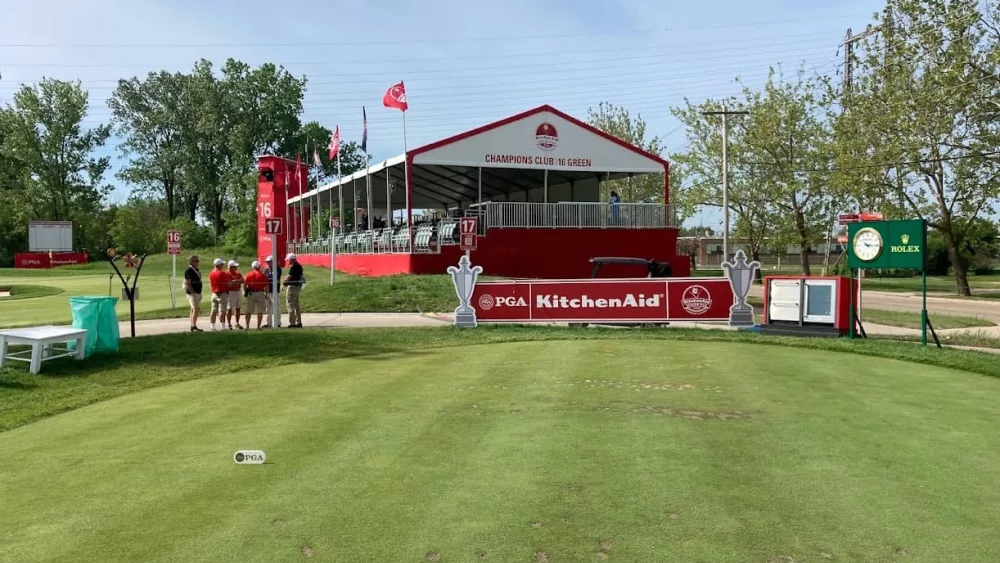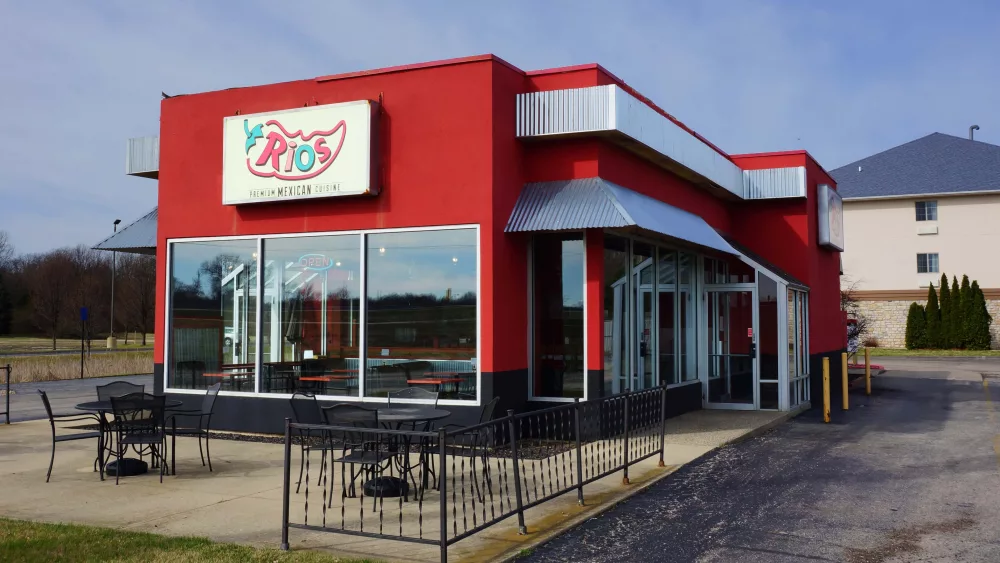“Imagine if you had to stand out in a field in a dark green suit last week. You would’ve sweat a lot, and so do the plants.”
These words were spoken by Mark Longstroth, Michigan State University Extension Fruit Educator. Fortunately, a polar vortez this winter followed up by a heat wave last week, aren’t creating too much stress for area growers.
Last week in Southwest Michigan was dominated by a lot of heat and humidity. High temps were in the 90s. Fortunately, a cold front moved across the region over the weekend, bringing some heavy rains in some areas. Longstroth comments, “I’m really glad it rained about an inch and a half this past week. Not only did it break the heat, but it kind of broke a drought that we were in. So that’s a good sign.”
Rainfall for the week ranged from 0.6 to 4.2 inches. The regional average was 1.5 inches. Rainfall totals for the season are 14 to 20 inches across the region since April 1.
Blueberry harvest continues, and Longstroth adds, “We are picking blueberries right now, and the blueberry crop is looking much better than I expected it to look at the end of January when we had multiple days down around -20. But we have a pretty good crop of blueberries coming.”
For cherries and apples, Longstroth adds, “We just finished picking cherries. And our cherry crop looks okay. We had a pretty good crop of tart cherries for Southwest Michigan. It looks like we’re going to be a little bit light in apples. Part of it was due to rain during pollination and part of it was due to really hot weather last May. But we should be getting into a pretty decent apple crop for the fall.”
The heat hasn’t caused too much of a stir for farmers, but the worry still lies with the cold. Will it get too cold this winter and will some farmers lose their crops during bloom? That’s a question yet to be answered. For now, during this recent wave of heat, farmers are fighting through.
“They have to endure it. The people that have irrigation, will irrigate. Last week, they were using a quarter of an inch of water a day. Most of the sandy soils in southwest Michigan hold about 2 inches of water. Unless it’s something that is really deep rooted like apples or grapes, they can run out of water very quickly. Most of the blueberries which are really shallow rooted, they have irrigation. They were irrigating quite a bit, usually with sprinkler systems or trickle irrigation,” adds Longstroth.
Longstroth received a bachelor’s degree in Biology from Boise State University. He moved to Michigan in 1988, working with MSU Extension as a Fruit Educator since 1993, in what he calls a “dream job.”
Longstroth, along with his colleagues William Shane and Michael Reinke, chronicled the recent heat wave in great detail in a Michigan State University Extension article released Tuesday. You can find this article here:
https://www.canr.msu.edu/news/southwest-michigan-fruit-update-july-23-2019






